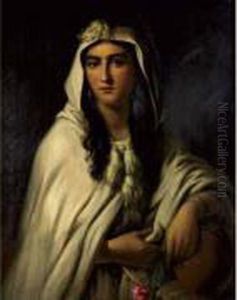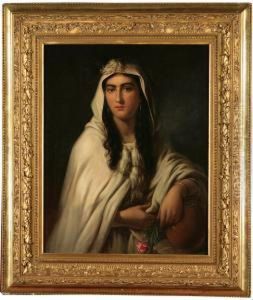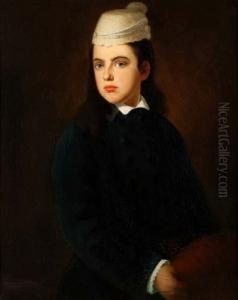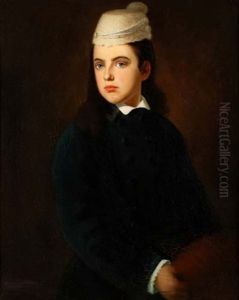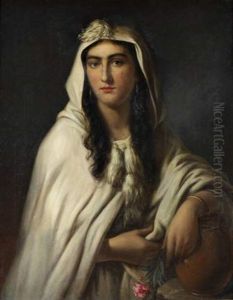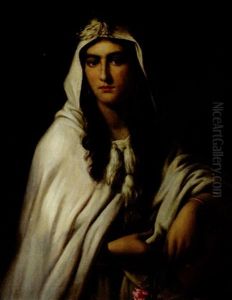Joseph Weingartner Paintings
Joseph Weingartner was an Austrian artist known for his contributions to painting and illustration in the late 19th and early 20th centuries. Born on March 23, 1849, in Bozen, which was part of the Austrian Empire at the time but is now known as Bolzano in Italy, Weingartner showed an early interest in the arts. His talent was evident from a young age, and he pursued formal training to develop his skills.
He studied at the Academy of Fine Arts Vienna, where he was influenced by the academic art movement of the period. This movement was characterized by a rigorous approach to art, with a strong emphasis on drawing and the human figure, and often inspired by classical antiquity and the Renaissance. Weingartner's education at the Academy would have provided him with a strong foundation in these principles, which would later inform his artistic style and output.
After completing his studies, Weingartner established himself as a painter and illustrator. He was particularly known for his genre paintings and historical scenes, which were popular in the art market of his time. His works often depicted moments of everyday life as well as narratives influenced by history and mythology. As an illustrator, Weingartner contributed to various publications, where his detailed and vivid illustrations would accompany text, often enhancing the storytelling with visual appeal.
Throughout his career, Weingartner participated in numerous exhibitions and was well-regarded by his contemporaries. His works were appreciated for their technical proficiency and narrative quality. However, he did not achieve the same level of fame as some of his peers, which may be why his name is less recognized in the broader context of art history.
Joseph Weingartner passed away on January 1, 1919, in Bolzano. His legacy lives on through his contributions to Austrian art, and his works can be found in various collections and museums in Austria and Italy. While he may not be a household name, Weingartner's art provides a window into the cultural and historical milieu of his time, reflecting the tastes and interests of the Austro-Hungarian Empire during its last decades.
